Community Pharmacies Face Barriers Amid PBM Practices, Industry Shifts

Community pharmacies are facing major barriers due to PBM practices and vertical integration, ultimately jeopardizing patient access and trust in health care.
Independent community pharmacies are grappling with unprecedented pressures that threaten their viability and reshape the patient care landscape. As pharmacy benefit manager (PBM) practices like direct and indirect remuneration (DIR) fees, clawbacks, and low reimbursement rates have accelerated, pharmacists on the front lines are increasingly forced to make difficult, sometimes painful decisions. Panelists in this discussion highlight the cascading effects, from obtaining emergency loans just to keep shelves stocked to grappling with the role of vertical integration. Major players in the industry now control not only the PBMs but also insurance plans and pharmacies themselves, creating exclusive networks, limiting patient choice, and driving profits at the expense of independent providers.
These trends have rippled across the country, compounding access issues, eroding trust in the health care system, and exposing pharmacists to ethically fraught scenarios in underserved areas, where options for care can be vanishingly slim. Patients may encounter confusing communications from insurers or face abrupt changes in their medication access, while pharmacy staff are pressed to explain and defend a system that often seems beyond their control.
With profit often prioritized over patient care—as seen in cases of formularies favoring high-priced drugs for rebate potential—the stakes continue to rise, and the call for meaningful reform grows louder. This panel series examines these intersecting challenges, exploring how stakeholders can advocate for policies and practices that restore integrity, sustainability, and trust in community pharmacy care.
Newsletter
Pharmacy practice is always changing. Stay ahead of the curve with the Drug Topics newsletter and get the latest drug information, industry trends, and patient care tips.






































































































































